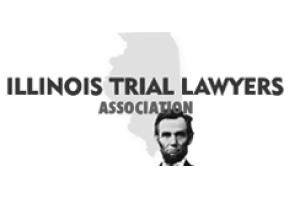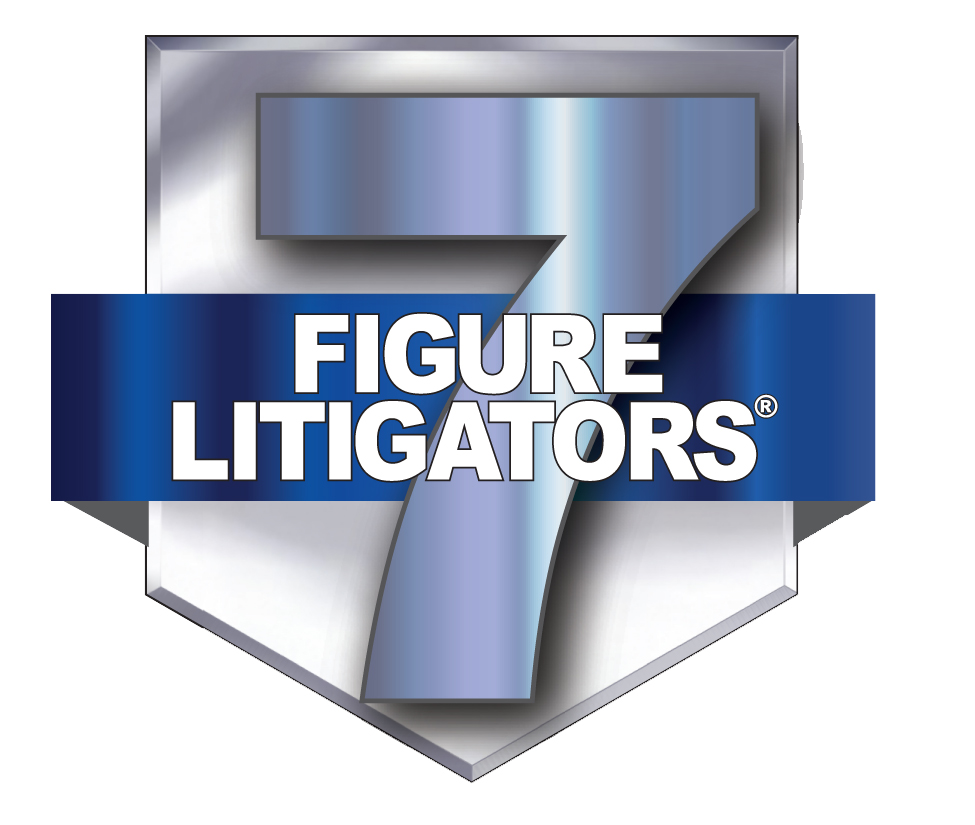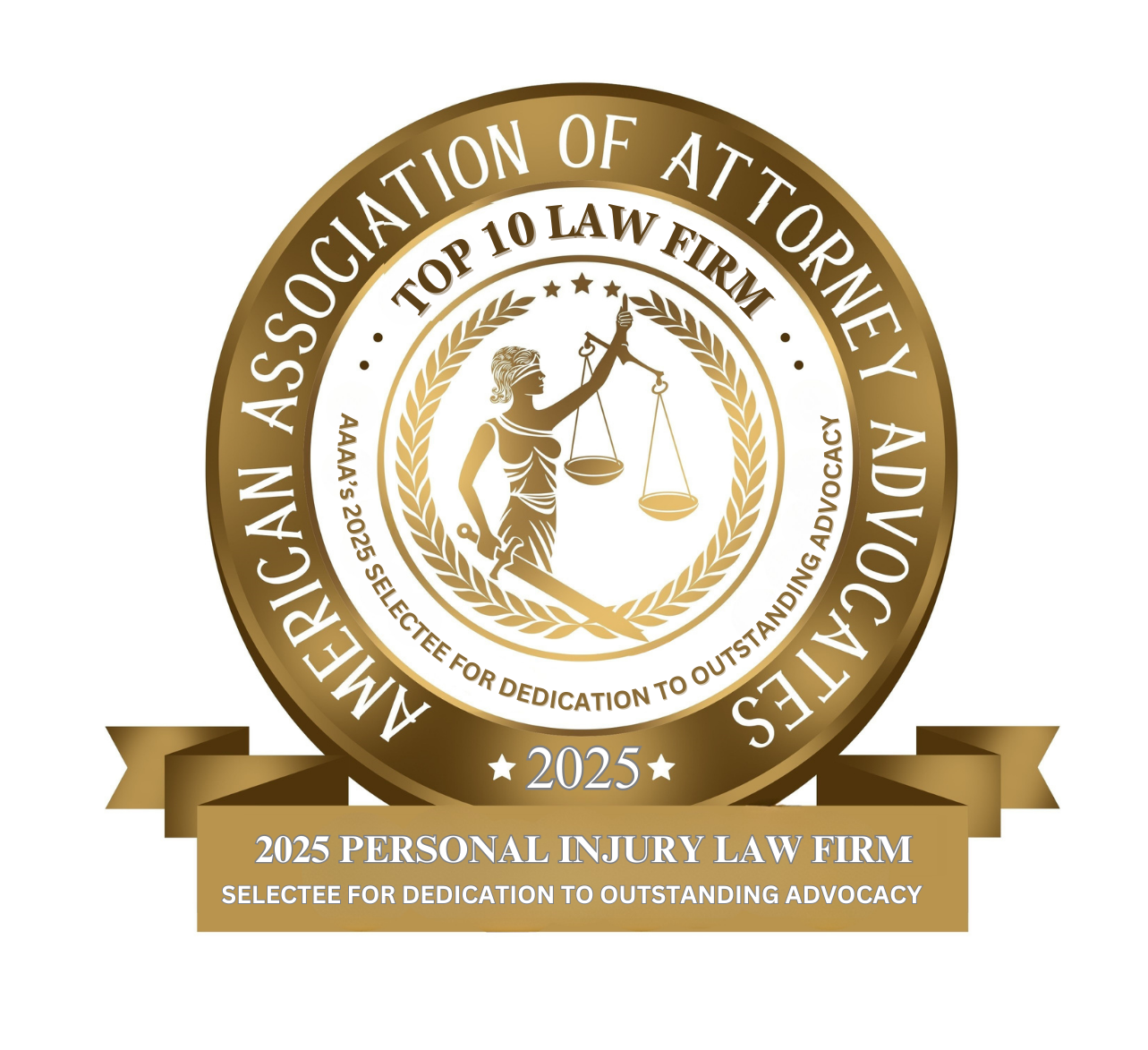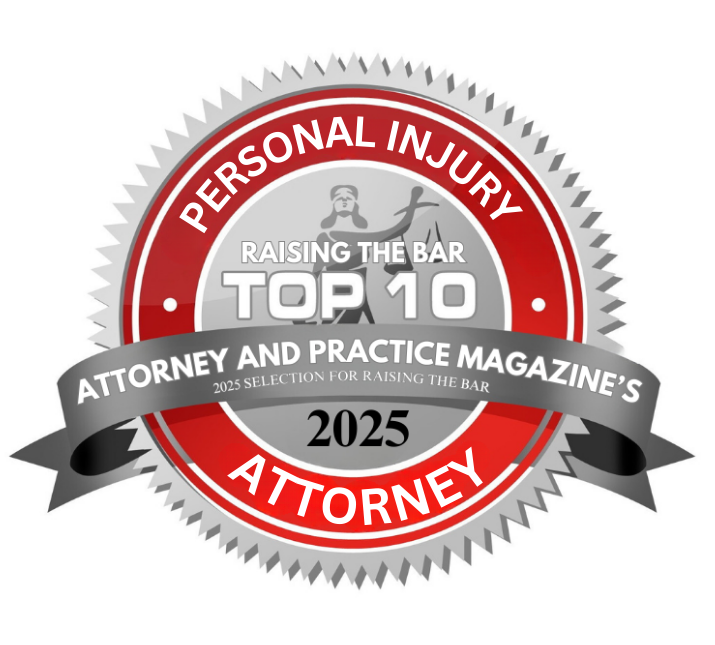- Free Consultation: (630) 527-4177 Tap Here to Call Us
Does Illinois Allow Stacking of Car Insurance Coverage?
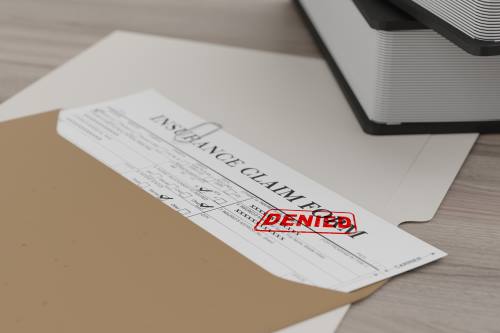
When a car accident leaves you with injuries that exceed the at-fault driver’s policy limits, the question of how much insurance money you can collect matters a great deal. One common strategy claimants ask about is “stacking”, which is the process of adding together uninsured (UM) or underinsured (UIM) limits from more than one policy or vehicle to increase the total payout. In Illinois, whether stacking is allowed depends on the exact language of the insurance policies involved and how Illinois courts have interpreted those clauses. In this blog, we explain the basics of insurance stacking after a crash and offer practical steps if you think stacking might apply to your case.
“When insurance limits won’t cover a client’s injuries, the wording on their own insurance policy is more than a general promise of coverage, it often decides whether extra limits can be stacked. At John J. Malm & Associates, we always review every policy, every endorsement, and the declarations layout early, because small drafting choices can change recovery by tens of thousands of dollars.” — John J. Malm, Naperville car accident lawyer
What is Insurance Stacking?
- Stacking is the practice of combining (adding) limits of insurance coverage from multiple policies or vehicles so an insured can recover more than a single policy limit for a single loss.
- Stacking can refer to intra-policy stacking (multiple vehicles on one policy), inter-policy stacking (separate policies held by the same person or household), and stacking across UM and UIM coverages.
When Stacking Might Be Used
Stacking may come into play when an injured person’s damages exceed the limits of a single insurance policy and multiple coverages could potentially apply. For example, if a driver is seriously injured by an underinsured motorist and owns more than one vehicle covered under separate or combined policies, stacking the uninsured or underinsured motorist (UM/UIM) limits could significantly increase the total available compensation. Similarly, if a household member is covered under more than one policy, such as a personal auto policy and an employer-provided policy, stacking may allow the injured person to combine those coverages to recover more than the limit of a single policy. In these cases, successfully arguing that stacking applies can bridge the gap between minimal insurance coverage and the true cost of medical bills, lost wages, and pain and suffering.
How Stacking Might Arise in Illinois
- Multi-car household: A family has two cars, each listed on the same or different policies. After a crash with an underinsured driver, the injured person asks whether they can add both cars’ UIM limits together. The answer will depend on the exact policy language and declarations. If the insurer’s policy declares “per vehicle” limits but contains an express anti-stacking clause, stacking may be barred. If the declarations are confusing, stacking may be allowed.
- Separate policies from different insurers: If you hold a personal auto policy and also are covered as an additional insured under another policy, the presence and phrasing of “other insurance” clauses will determine whether limits combine. Illinois courts examine whether those clauses leave room for an insured to recover multiple limits.
- UM vs. UIM differences: UM coverage is required in many circumstances and historically received strong protection from courts; UIM (underinsured) coverage is contractual and sensitive to the policy’s drafting. Courts will scrutinize both, but the contract language is pivotal.
A Practical Example of Car Insurance Stacking
Imagine you and your spouse each have a vehicle showing insurance coverage of $100,000 per person on separate policies. You’re injured by a driver with only $25,000 in liability coverage. If both policies contain a clear clause saying the insured can recover only one UIM limit and that clause is unambiguous, Illinois courts are likely to bar stacking and limit recovery to the single applicable limit of $100,000. If, however, the declarations page or endorsements display the coverages in a confusing way or omit clear anti-stacking language, a court might interpret the ambiguity for the insured and allow stacking, increasing recoverable coverage to $200,000.
Illinois’ Approach to Insurance Stacking After a Car Accident
Illinois does not have a blanket statutory rule that requires stacking. Instead, Illinois courts review the policy language and the surrounding declarations to determine whether an insurer’s anti-stacking clause is enforceable. Historically, the Illinois Supreme Court and appellate courts have enforced anti-stacking clauses when the policy language is clear and unambiguous, but they have also struck down anti-stacking provisions where the policy text or the declarations page creates ambiguity about whether limits were meant to be pooled. In short: clear anti-stacking language will usually be enforced; ambiguous or internally inconsistent policy declarations can allow stacking.
Why the difference matters: if an insurer’s policy clearly limits recovery to “one limit” and that clause is unambiguous in context, Illinois courts will often bar stacking. But if the declarations page or the way limits are presented creates conflicting impressions about how much coverage applies per vehicle or per person, courts may interpret the ambiguity in favor of the insured and allow stacking.
Historical Developments of Insurance Stacking in Illinois

- In a series of rulings in the 2000s, Illinois courts confronted anti-stacking language and generally enforced it where the policy language was clear. The Illinois Supreme Court has upheld anti-stacking clauses in cases where the policy unambiguously restricted stacking.
- However, appellate decisions have repeatedly emphasized that formatting and the declarations page matter: columnar presentations, inconsistent labels, or other ambiguities can render an anti-stacking clause ambiguous and therefore unenforceable against the insured. Several decisions have applied that principle to allow stacking where the insurer’s paperwork contradicted the plain anti-stacking clause.
- The litigation landscape continues to evolve. Appellate rulings as recently as 2024 demonstrate courts still analyze the specific wording of “other coverage” or “limit” clauses — and may enforce anti-stacking terms where the policies’ “other coverage” provisions plainly limit recovery to a single applicable limit across multiple policies. That means insurers can and do succeed in arguing no stacking is allowed when the policies are worded clearly.
Steps to Take If You Were Hit By an Underinsured Driver
- Gather all insurance documents immediately. Collect declarations pages, endorsements, and every policy that might apply (yours, household members’, and any employers’ policies).
- Look for “other insurance” or “other coverage” clauses and anti-stacking language on the policies.
- Document the declarations page layout. Screenshots or photographs of the declarations page are useful because courts sometimes consider the visual presentation (columns, headings, and the page layout) when deciding ambiguity.
- Talk to an attorney experienced in UM/UIM law. Because Illinois law turns on policy wording and evolving case law, early legal advice will help you preserve evidence, evaluate stacking arguments, and negotiate with insurers.
Frequently Asked Questions about Insurance Stacking After an Accident
Q: Is stacking outlawed in Illinois?
A: No. Stacking is not categorically outlawed, but Illinois courts will enforce clear anti-stacking policy language. If the policy is ambiguous, courts may interpret it in favor of the insured and allow stacking.
Q: Can I stack limits from two different insurers?
A: Possibly, but it depends on each policy’s “other insurance” clauses and whether those clauses clearly limit recovery to a single policy limit. Courts compare wording across policies to decide.
Q: Does stacking apply differently to UM vs UIM?
A: Both UM and UIM stacking questions turn on contract language in Illinois, though courts sometimes treat UM with heightened scrutiny because of statutory and public-policy considerations. Always check the exact policy wording and applicable precedent.
Q: What should I bring to my lawyer if I think stacking applies?
A: Bring full policy books, declarations pages, endorsements, any correspondence with insurers, and photos of declarations pages. If you have multiple policies, provide them all.
Contact the 5-Star Illinois Car Accident Attorneys at John J. Malm & Associates
Understanding whether Illinois law allows the stacking of motor vehicle insurance coverage can make a major difference in the outcome of your personal injury or uninsured/underinsured motorist claim. Because each insurance policy is written differently, determining whether stacking applies requires careful legal analysis and experience with Illinois insurance law. The experienced Illinois car accident attorneys at John J. Malm & Associates have successfully handled complex UM and UIM claims across Illinois and know how to identify every available source of recovery for accident victims. If you were seriously injured in a crash and believe multiple insurance policies may apply, contact our firm today for a free consultation. Our team will review your insurance policies, explain your rights, and fight to ensure that you receive the full compensation you deserve under Illinois law.




